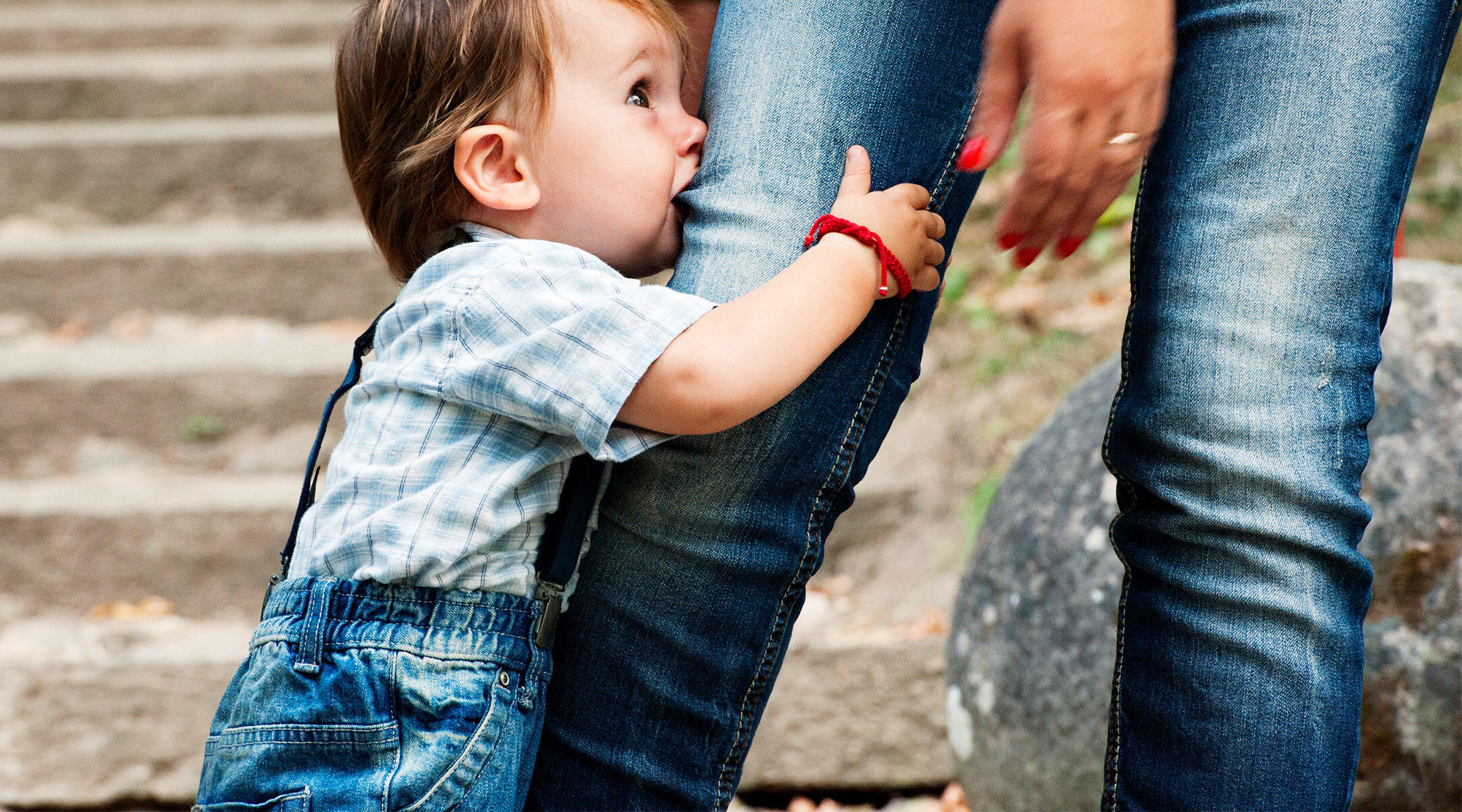How to Deal with Biting
Children are God’s gift to the world; full of joy, happiness, and energy. In a parent’s eyes, their children can do no wrong. We love them endlessly and want them to be the best they can be. However, as many parents can attest to, sometimes kids will do some not-so-sweet things. Many times, infants, toddlers, and 2-year-olds develop the bad habit of biting. As they grow and develop problem-solving skills, they tend to grow out of this harmful behavior. However, what should you do if they don’t? Why do they do this and how can you help change this habit? Let’s discuss why your child might develop the habit of biting and how to properly respond to this issue.
Why do young children bite?
1. Teething: Infants are very curious. As many parents can agree, babies begin to understand cause and effect by testing with their mouths; this is their way of exploring something new to them. If they bite a person, they might want to see if they can get a reaction. Biting might also help them relieve the pain that they feel from teething.
2. Feeling of Power: This occurs when a child is in need of feeling power. By biting another, they are gaining attention from their behavior. When children play together, the action of biting may be done in self-defense against older siblings or other children.
3. Imitation: Children absorb the behaviors, actions, and words of everything around them. If they are introduced to certain behavior by other children, they may be tempted to imitate it. Additionally, if a child is exposed to harsh punishment or violence, they may respond with the same behavior.
4. Attention and Communication: At the early stages of child development, it is not easy for a child to express why they feel the way they do. Their language skills are not fully developed, and they express the way they feel in the only way they understand. Biting may be a response to emotional distress a child might be feeling but they do not know how to express with words. Biting may be a sign of pain, frustration, confusion, fear, or anger.
What to do if your child is a “biter”?
1. Respond calmly but firmly: Address the issue immediately by first getting down to the child’s level and then say, “No biting!” or “Biting hurts!” This is a simple way for the child to understand that what they have done is wrong and why it is wrong. Remove them from the situation and explain the issue in calm and simple terms.
2. Determine if Comforting is Needed: It is important to try and understand why your child is feeling the need to bite. The first step is to properly assess the situation. Investigate more to see whether or not your child is doing so to seek attention, or to demonstrate emotional distress. Most of the time, toddlers will not realize that what they are doing is causing harm. If the child is seeking attention from this behavior, it is not advised to reinforce the behavior by responding with comfort and attention. However, some children will feel upset for having hurt another and can learn from comforting their friend after biting them. They also may be feeling a sense of emotional distress which led them to react this way; in which case the correct response is to comfort the child.
3. Propose alternatives: Provide different activities that can help the child release tension and relax. Encourage communication and help the child understand how to use their words if they need something. Make it clear that violence is not the answer. Redirect your child’s attention to something more positive such as coloring, dancing, or playing a game.








